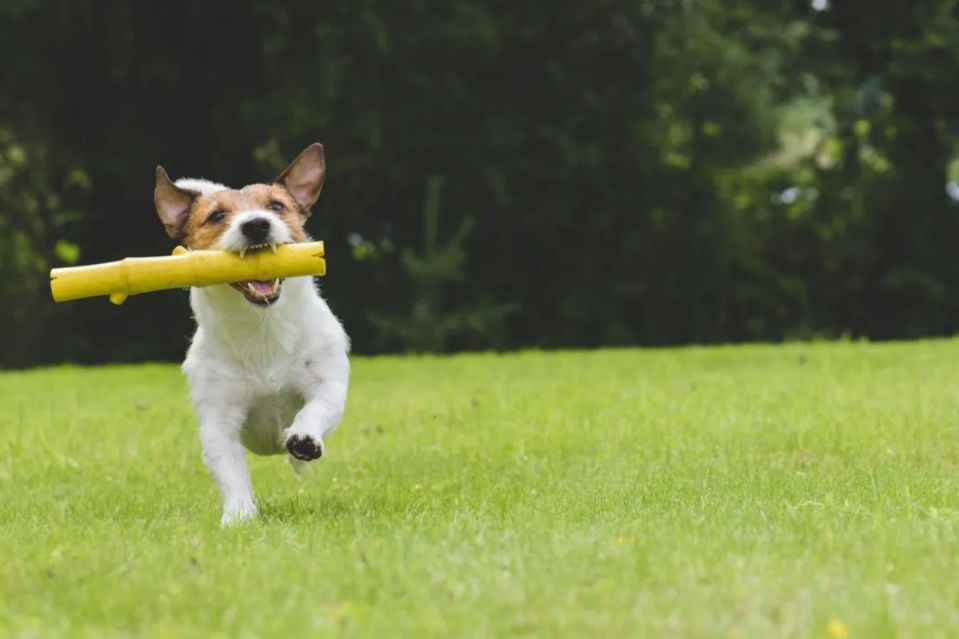IT’S long been said that your dog’s age is simply its human years multiplied by seven – but it turns out that’s just a myth.
Experts now say the truth is very different and have revealed a clever way of working out your dog’s real age.
According to Purina, the seven year myth comes from the fact that humans tend to live seven times longer than dogs.
A spokesperson for Purina said: “While it’s true that one year for human development is quite different to one year for a dog’s development, the actual number of dog years to human years depends on several factors.
“The dog’s size and breed play an important part in their life expectancy, with small breeds usually living longer than larger breeds.”
The spokesperson added: “Larger breeds live shorter lives, so they mature more quickly.
“Large and giant breeds are usually considered to be ‘seniors’ by the time they’re five, while medium-sized dogs won’t reach old age until they’re seven.
“Small and toy breeds reach seniority around the age of 10.”
To test your dog’s age, Purina have created their own dog age calculator.
The rate of aging varies between small, medium, large and very big dogs.
After one human year, small dogs are considered to be 15-years-old where giant dogs are only 12 years old.
However, that flips on its head as the years go by.
After eight human years, small dogs are 48-years-old where giant dogs are 64 years old.
The oldest dog in the UK has lived to a staggering 22-years-old and her owner thinks its down to just one factor.
7-year-old Linzi McClean had no idea that the stray pup that her grandad discovered on the bus would still be her best friend 22 years later.
The Lancashire-based pet owner thinks her staffy Sasha has lived so long because the pair have been so devoted to each other.
Linzi said: “The amount of love that I have for her, and that she has for me, I think that’s what has kept her going all this time and kept her heart strong and healthy.”
Urgent warning given to dog owners to avoid £1000 fines

Dog walkers could be fined up to £1000 for a very simple mistake.
During nesting season, dogs must be kept on leads with a maximum length of 2 metres.
The rule only applies if you’re near a nesting site and on open access land, but there are big consequences if you break it.
Although some areas only hand out fixed penalty notices worth £100, others can slap you with a £1000 fine.
The fine is designed to protect Britain’s vulnerable and endangered birds.
One encounter with a dog may cause birds to abandon the nesting sight, driving down their already low numbers.
Dog walkers have also been warned about keeping their pets on a lead when they’re near to livestock.
Although the rules vary from area to area, failing to comply with Public Spaces Protection Orders can lead to you receiving additional fines.

